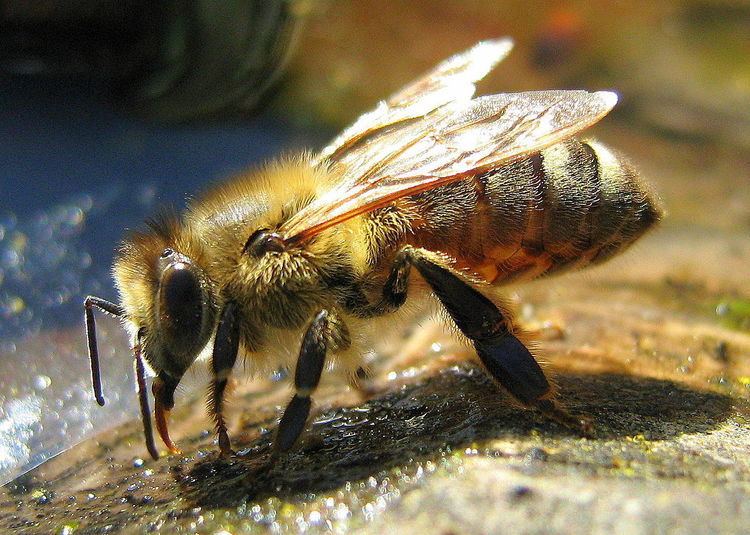 | ||
Melittology (from Greek μέλιττα, melitta, "bee"; and -λογία -logia) is a branch of entomology concerning the scientific study of bees. Melittology covers the species found in the clade Anthophila within the superfamily Apoidea, comprising more than 20,000 species, including bumblebees and honey bees.
Contents
Subdivisions
Melittological societies
Melittologists and apiologists are served by a number of scientific societies, both national and international in scope. Their main role is to encourage the study of bees and apicultural research
Melittological journals
List of notable melittologists and apiologists
References
Melittology Wikipedia(Text) CC BY-SA
